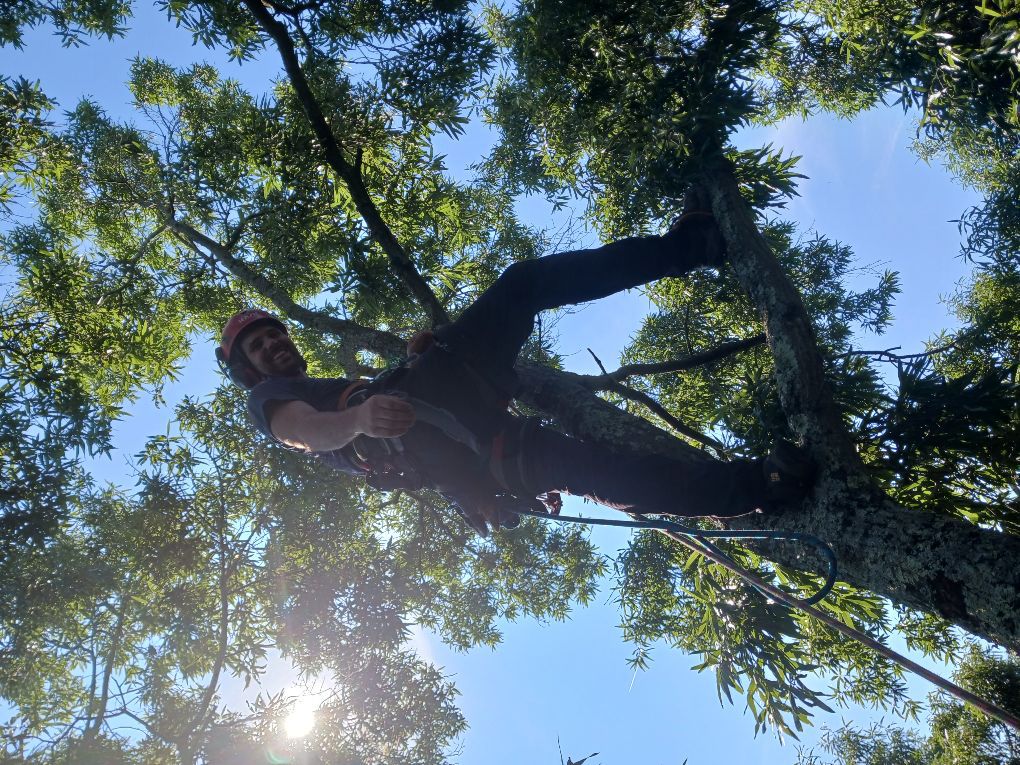One of the biggest challenges we deal with each year, is preparing our clients’ yards for hurricanes and heavy storms. These violent weather events can cause catastrophic damage if left unaddressed. Luckily, we have the tools and expertise to mitigate this risk. It has been proven that the most effective way to reduce potential storm damage, is through proper maintenance and pruning of trees.
During the last heavy storm with strong winds, you may have noticed the trees closest to your home swaying back and forth and threatening to fall. If you’re lucky, they made it through the night to see the next day, but you cannot always count on such good fortune. Trees that are not properly maintained, are more likely to fail during high winds, thus making them a risk to ourselves, our families, and our properties.
One of the crucial components in tree failure, is canopy density. Dense canopies catching the wind during violent storms is known as the sail effect. The foliage of a tree can act as a sail, causing the tree to bend, to and fro, with the wind. In a strong storm or hurricane, some bending of the trunk is expected, but how much occurs, is dependent upon the level of pruning that was performed prior to the weather event.
Dr. Ed Gilman, Professor of Urban Trees & Landscape Plants for the University of Florida, studied the effects of pruning on tree stability. The results of his testing were incredibly helpful in determining not only the effects of high winds on trees, but which kinds of pruning were the most effective in preventing potential storm damage. The effectiveness of the different pruning methods varied—but all trees that were pruned, were subject to less stress than those that were not. This was measured through the angles that the lower and upper portions of the trunk were bent at, while being subjected to hurricane-force winds.
So, what do these results mean for us, and why is trunk movement so important? Based on Dr. Gilman’s findings, removing branches from the crown of live trees will reduce the movement of the trunk, thus reducing the likelihood of tree failure. These results support the implementation of structural pruning as prevention for storm damage, and a way to eliminate the sail affect.
Pruning is just as precise as it is important. Hacking away at tree level and hoping for the best will not cut it. Improper pruning can be more harmful than helpful, and can be detrimental to your tree, and dangerous to your house or yard. To ensure that your trees stay healthy and you stay safe, make sure to hire certified arborists to perform any canopy-work you’re considering.
With hurricane season approaching in Virginia, the risk of storm damage is on the rise. Whether it’s to protect yourself, your family, or a tree you love, don’t let a lack of tree maintenance, or inexperienced labor be the reason you’re dealing with storm damage.
